
How to Use lego 5v motor: Examples, Pinouts, and Specs
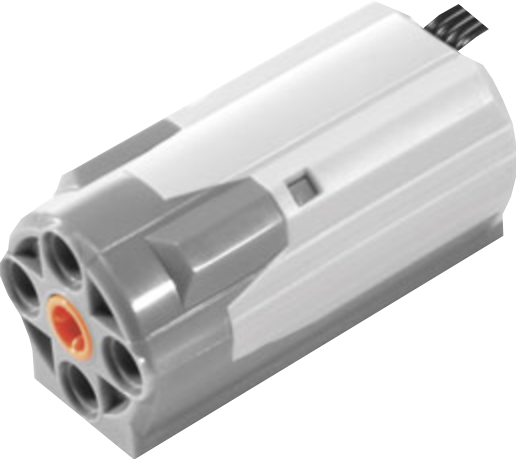
 Design with lego 5v motor in Cirkit Designer
Design with lego 5v motor in Cirkit DesignerIntroduction
The LEGO 5V Motor is a small electric motor designed to operate at 5 volts. It is commonly used in LEGO robotics and educational kits for driving mechanical parts. This motor is ideal for projects that require precise control and reliable performance, making it a popular choice among hobbyists, educators, and engineers.
Explore Projects Built with lego 5v motor
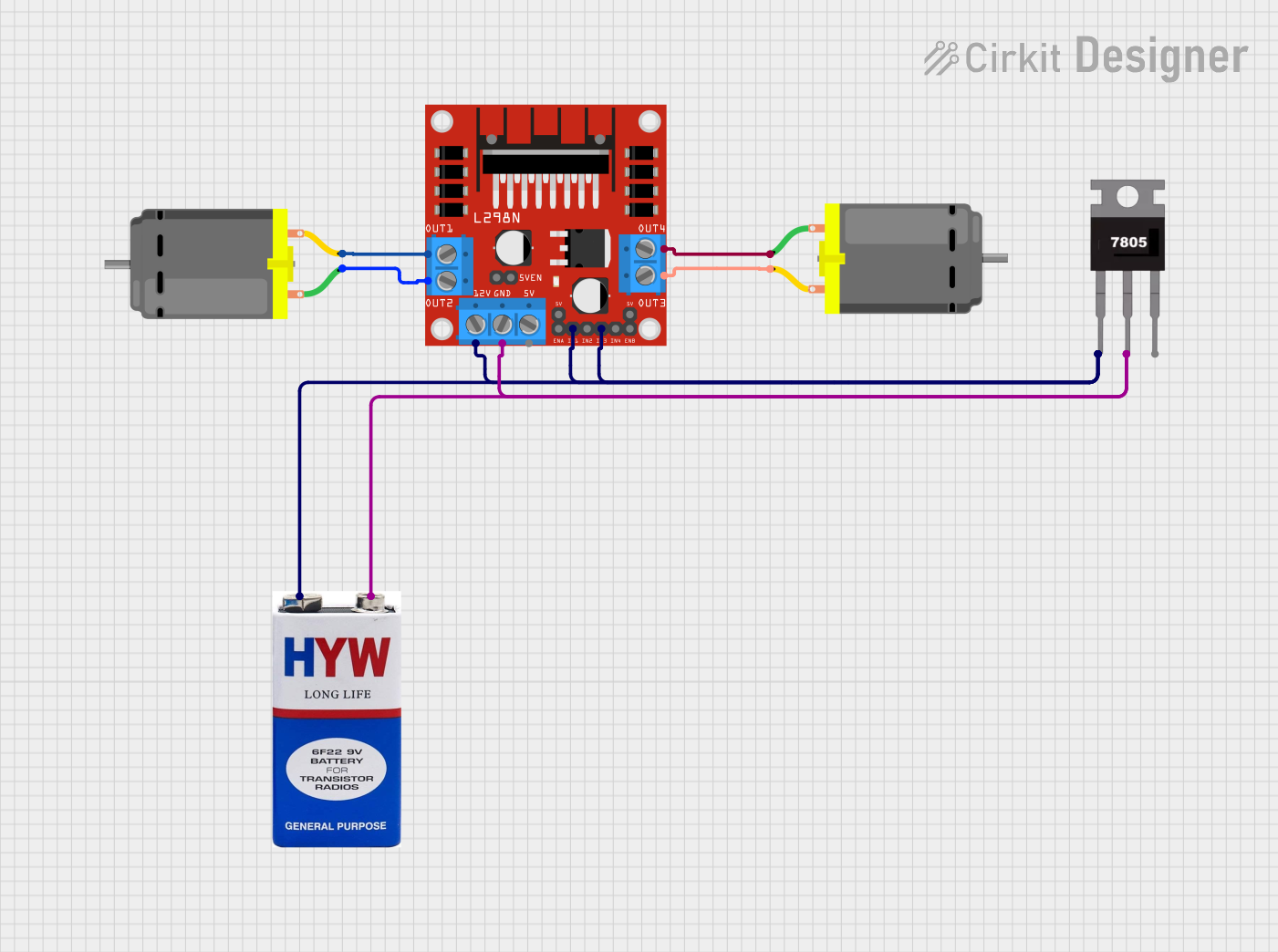
 Open Project in Cirkit Designer
Open Project in Cirkit Designer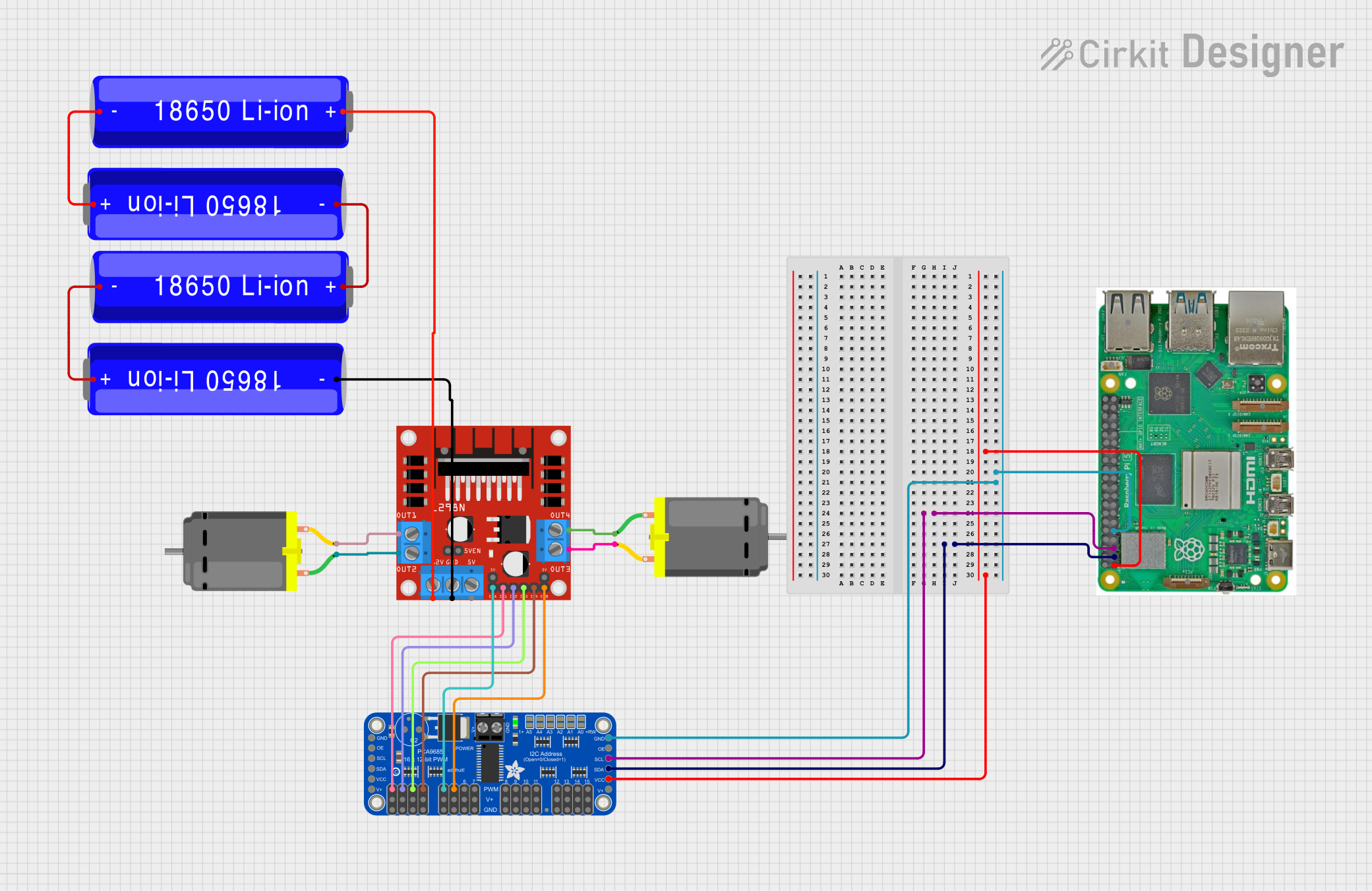
 Open Project in Cirkit Designer
Open Project in Cirkit Designer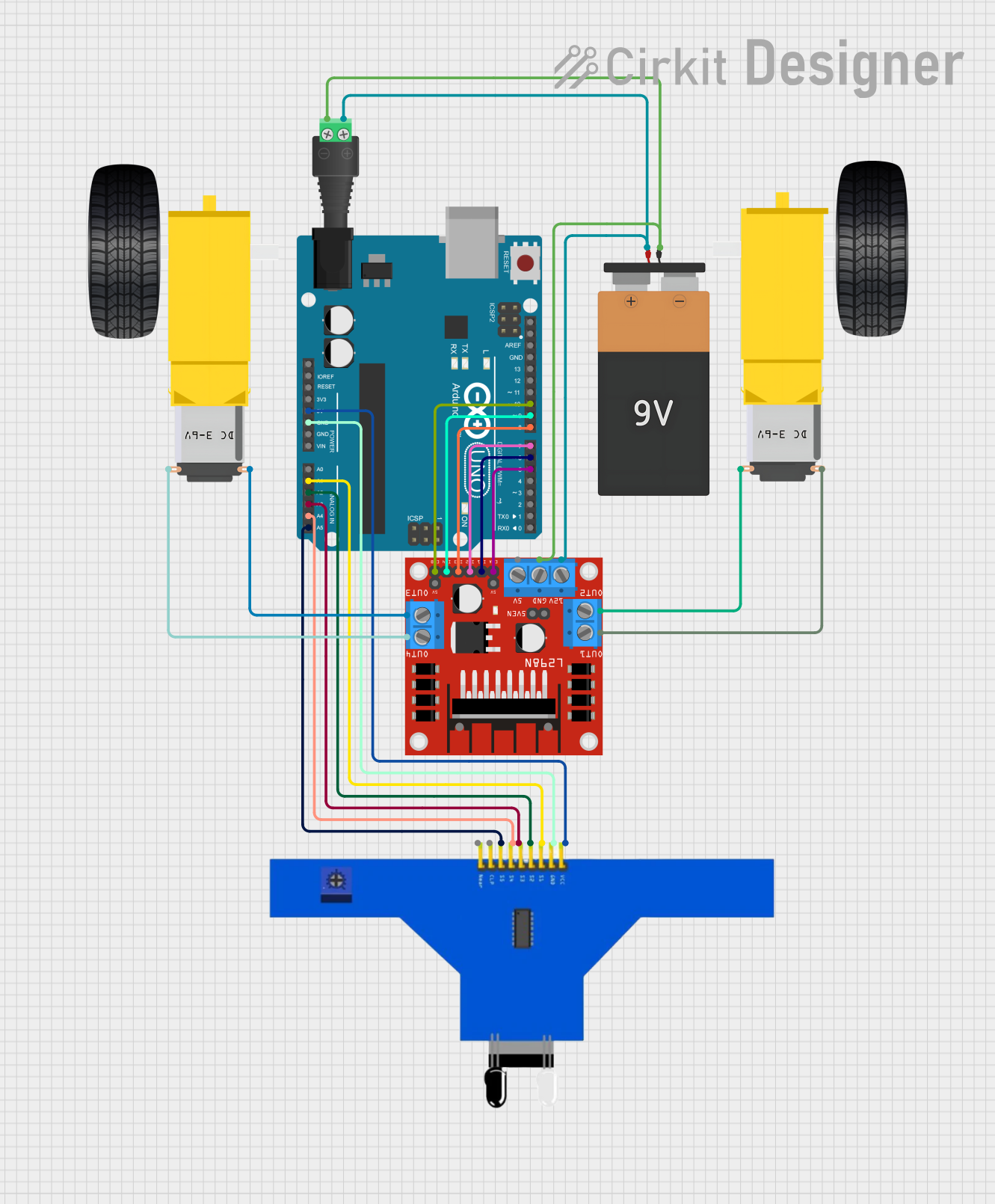
 Open Project in Cirkit Designer
Open Project in Cirkit Designer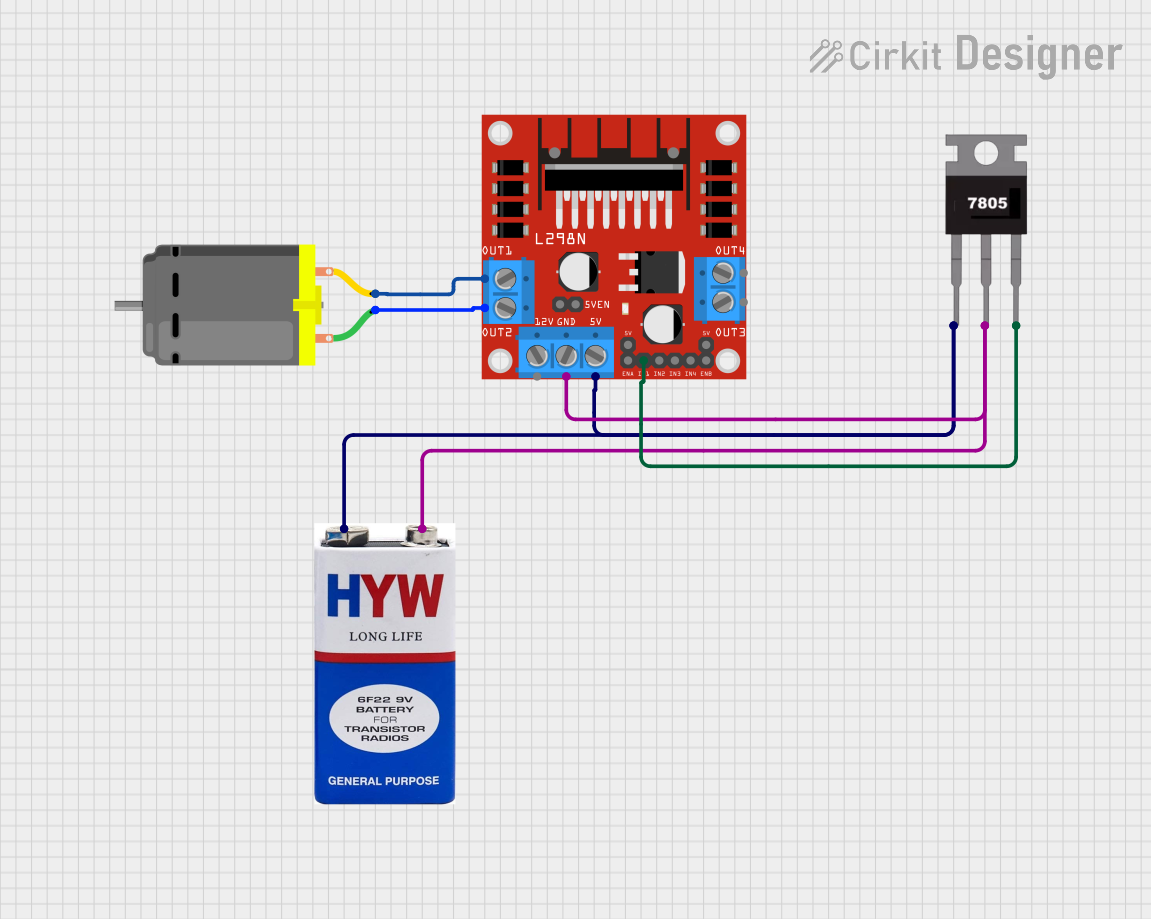
 Open Project in Cirkit Designer
Open Project in Cirkit DesignerExplore Projects Built with lego 5v motor

 Open Project in Cirkit Designer
Open Project in Cirkit Designer
 Open Project in Cirkit Designer
Open Project in Cirkit Designer
 Open Project in Cirkit Designer
Open Project in Cirkit Designer
 Open Project in Cirkit Designer
Open Project in Cirkit DesignerCommon Applications and Use Cases
- LEGO Robotics: Used to drive wheels, gears, and other mechanical components.
- Educational Kits: Ideal for teaching basic principles of electronics and mechanics.
- DIY Projects: Suitable for custom-built robots, automated systems, and other creative applications.
Technical Specifications
Key Technical Details
| Parameter | Value |
|---|---|
| Operating Voltage | 5V DC |
| Current Rating | 100mA (no load) |
| Power Rating | 0.5W |
| Speed | 150 RPM |
| Torque | 0.2 Nm |
| Dimensions | 30mm x 20mm x 15mm |
| Weight | 25g |
Pin Configuration and Descriptions
| Pin Number | Pin Name | Description |
|---|---|---|
| 1 | VCC | Power supply (5V) |
| 2 | GND | Ground |
| 3 | IN1 | Control input 1 (for direction) |
| 4 | IN2 | Control input 2 (for direction) |
Usage Instructions
How to Use the Component in a Circuit
To use the LEGO 5V Motor in a circuit, you will need a motor driver (such as the L298N) to control the motor's direction and speed. Below is a basic example of how to connect the motor to an Arduino UNO using an L298N motor driver.
Circuit Diagram
Arduino UNO L298N Motor Driver LEGO 5V Motor
----------- ------------------ --------------
5V ----------- VCC
GND ----------- GND
D3 ----------- IN1
D4 ----------- IN2
OUT1 ------------------ Motor Terminal 1
OUT2 ------------------ Motor Terminal 2
Important Considerations and Best Practices
- Power Supply: Ensure that the motor is supplied with a stable 5V DC power source.
- Heat Dissipation: Avoid running the motor at maximum load for extended periods to prevent overheating.
- Control Inputs: Use appropriate motor drivers to control the motor's direction and speed effectively.
- Mechanical Load: Do not exceed the motor's torque rating to avoid damage.
Example Code
Here is an example Arduino code to control the LEGO 5V Motor using an L298N motor driver:
// Define motor control pins
const int motorPin1 = 3; // IN1 connected to Arduino pin 3
const int motorPin2 = 4; // IN2 connected to Arduino pin 4
void setup() {
// Set motor control pins as outputs
pinMode(motorPin1, OUTPUT);
pinMode(motorPin2, OUTPUT);
}
void loop() {
// Rotate motor clockwise
digitalWrite(motorPin1, HIGH);
digitalWrite(motorPin2, LOW);
delay(2000); // Run motor for 2 seconds
// Stop motor
digitalWrite(motorPin1, LOW);
digitalWrite(motorPin2, LOW);
delay(1000); // Stop for 1 second
// Rotate motor counterclockwise
digitalWrite(motorPin1, LOW);
digitalWrite(motorPin2, HIGH);
delay(2000); // Run motor for 2 seconds
// Stop motor
digitalWrite(motorPin1, LOW);
digitalWrite(motorPin2, LOW);
delay(1000); // Stop for 1 second
}
Troubleshooting and FAQs
Common Issues Users Might Face
Motor Not Running:
- Solution: Check the power supply and ensure it is providing 5V. Verify all connections are secure and correct.
Motor Running in One Direction Only:
- Solution: Ensure that the control inputs (IN1 and IN2) are correctly connected and receiving the appropriate signals from the Arduino.
Motor Overheating:
- Solution: Avoid running the motor at maximum load for extended periods. Ensure proper ventilation and consider adding a heat sink if necessary.
Motor Vibrating or Making Noise:
- Solution: Check for any mechanical obstructions or misalignments. Ensure the motor is securely mounted and balanced.
FAQs
Q: Can I use a different motor driver instead of the L298N? A: Yes, you can use other motor drivers that support the required voltage and current ratings for the LEGO 5V Motor.
Q: How can I control the speed of the motor? A: You can control the speed of the motor using Pulse Width Modulation (PWM) signals from the Arduino. Connect the PWM pin to the motor driver's enable pin.
Q: Is it possible to run multiple motors simultaneously? A: Yes, you can run multiple motors simultaneously by using additional motor drivers and control pins on the Arduino.
Q: Can I power the motor directly from the Arduino? A: It is not recommended to power the motor directly from the Arduino's 5V pin, as it may not provide sufficient current. Use an external power supply for the motor.
This documentation provides a comprehensive guide to using the LEGO 5V Motor in various applications. By following the instructions and best practices outlined here, you can ensure reliable and efficient operation of your motor in any project.